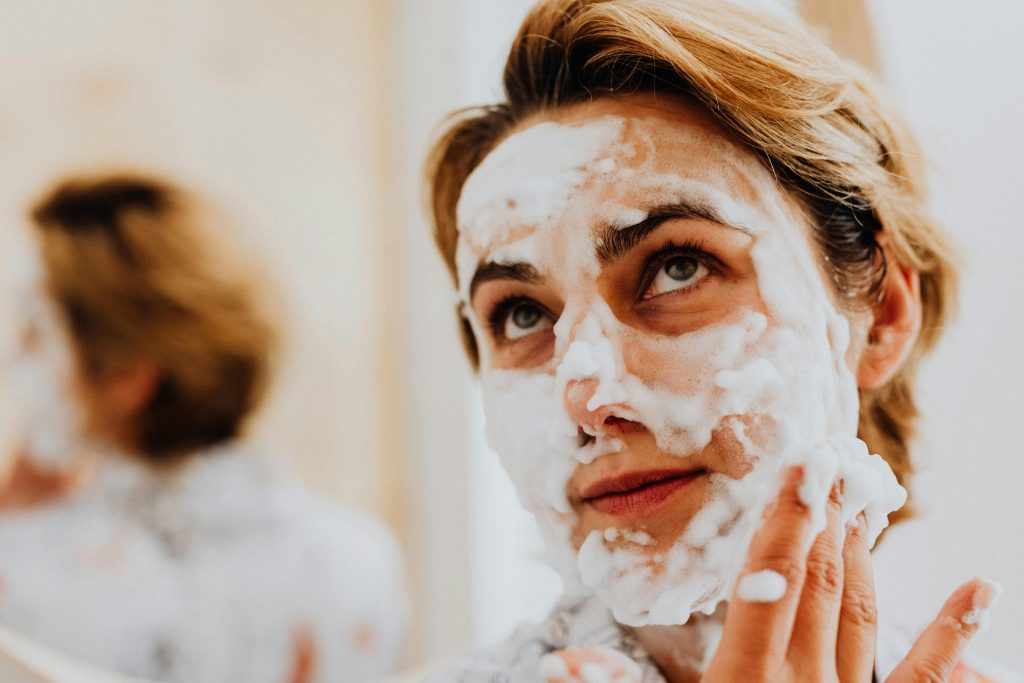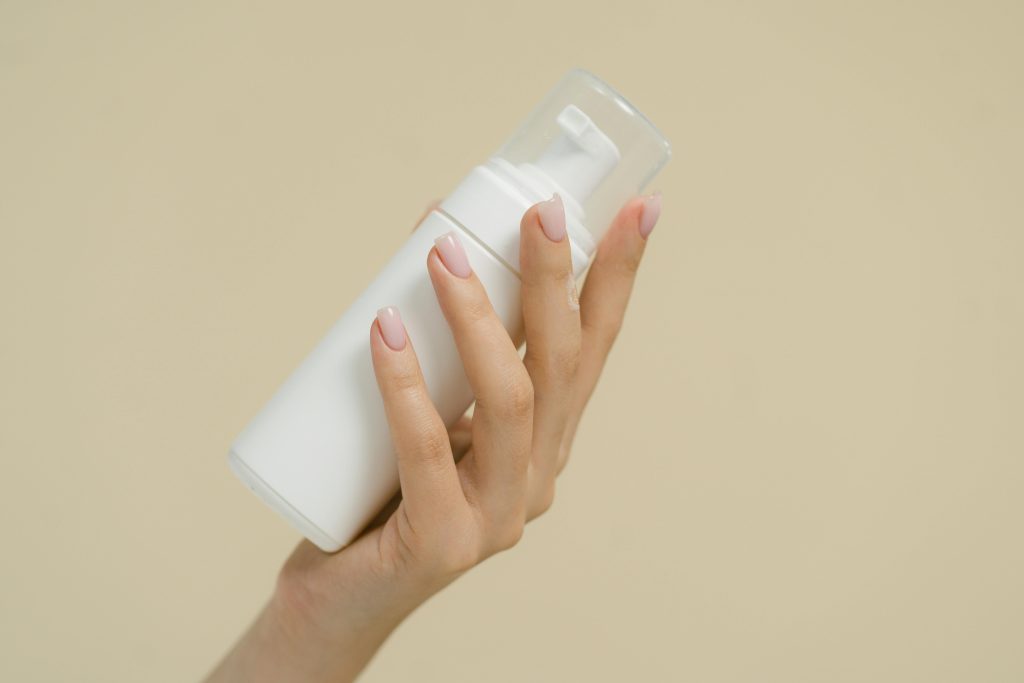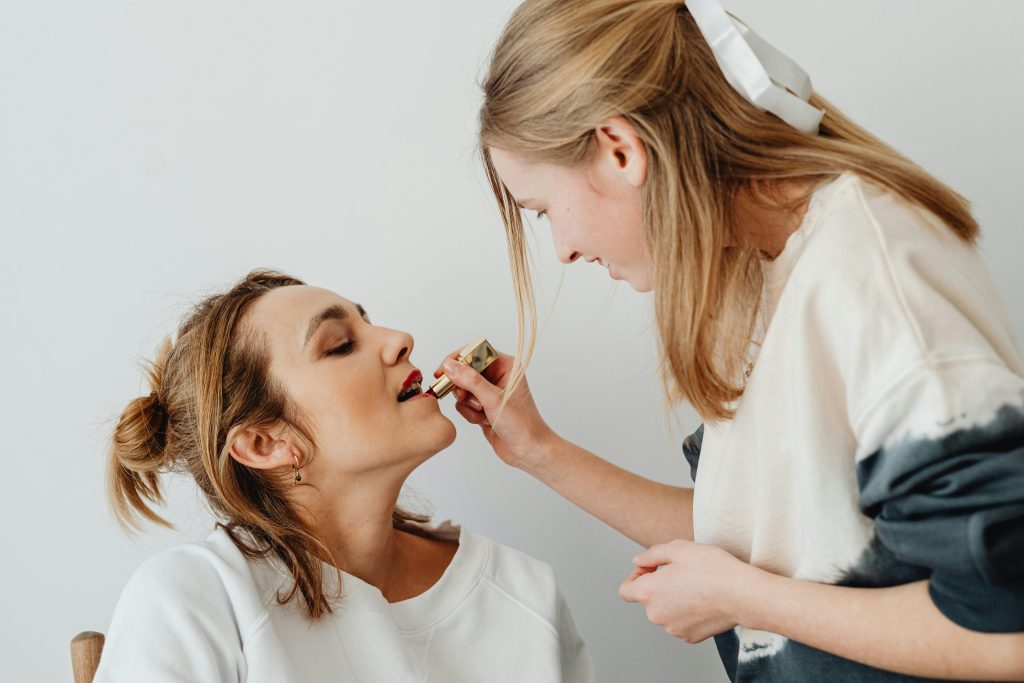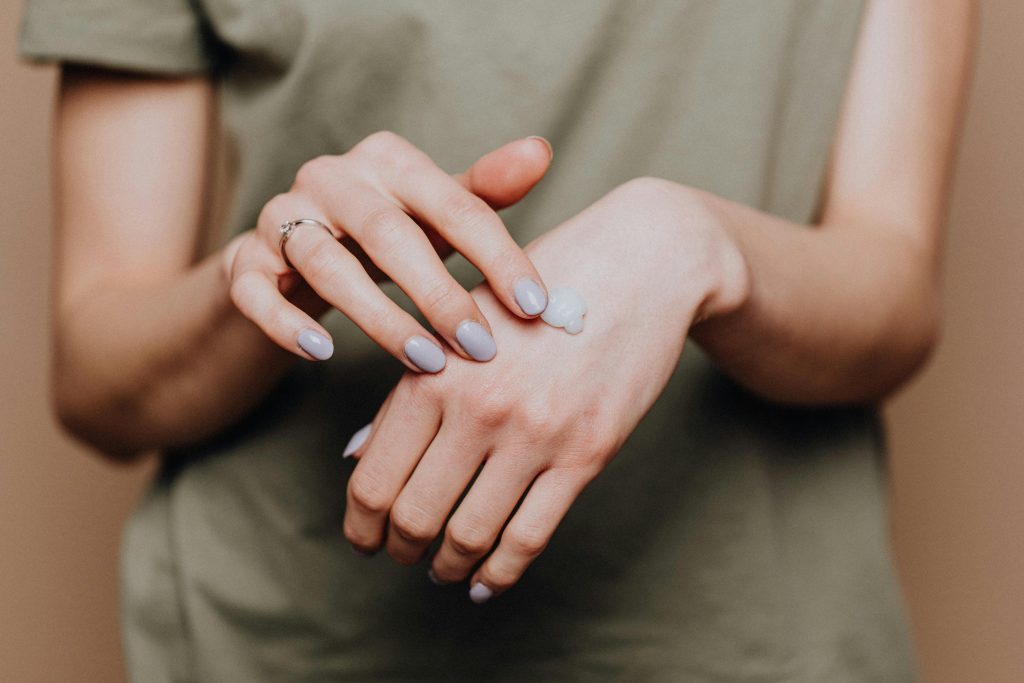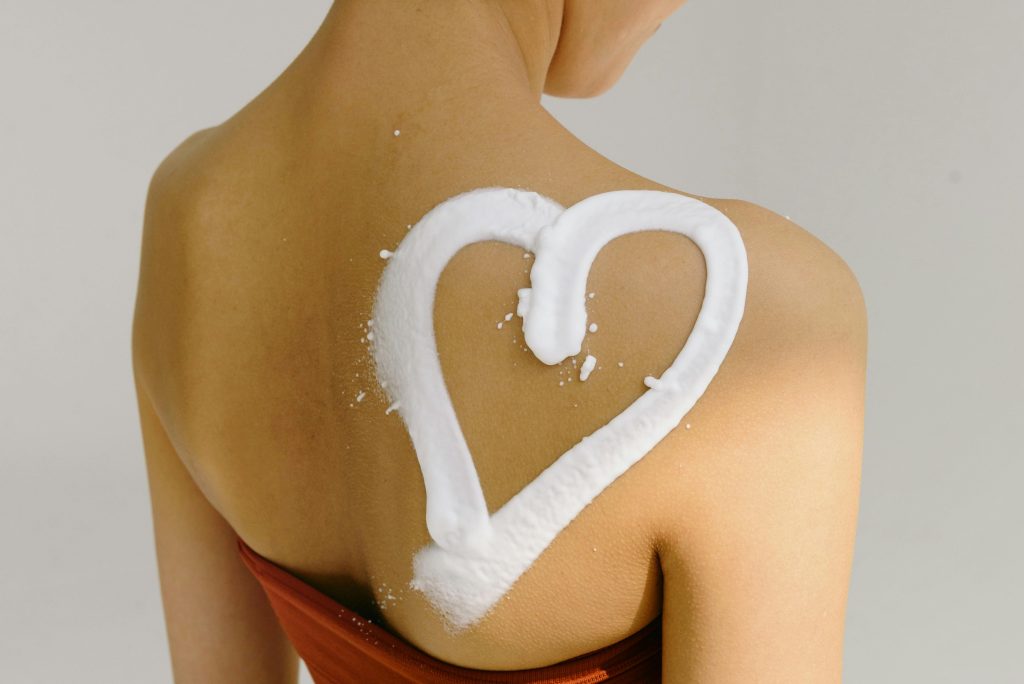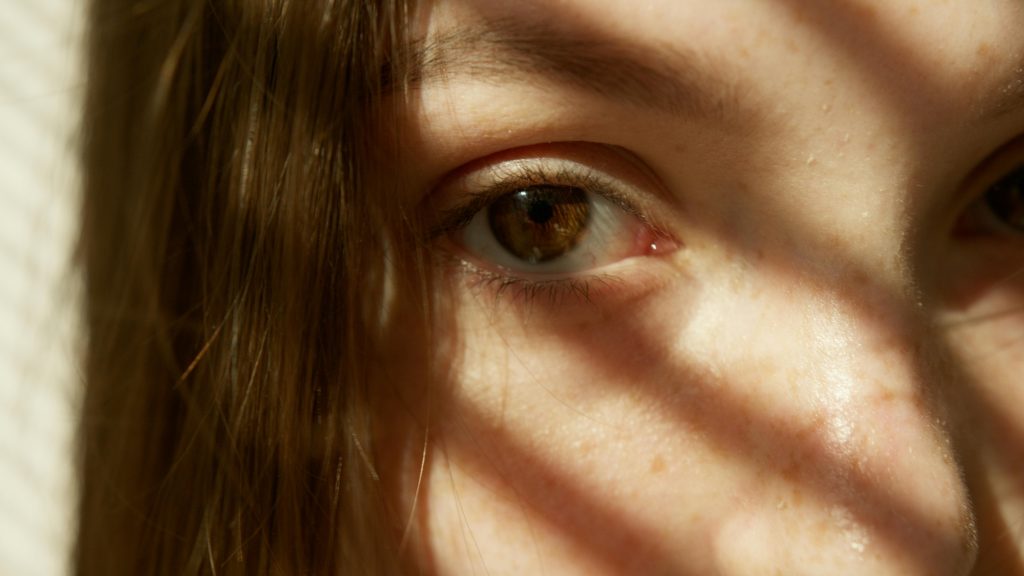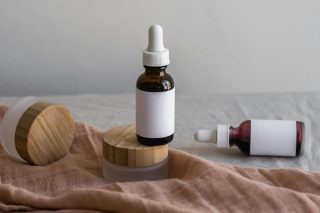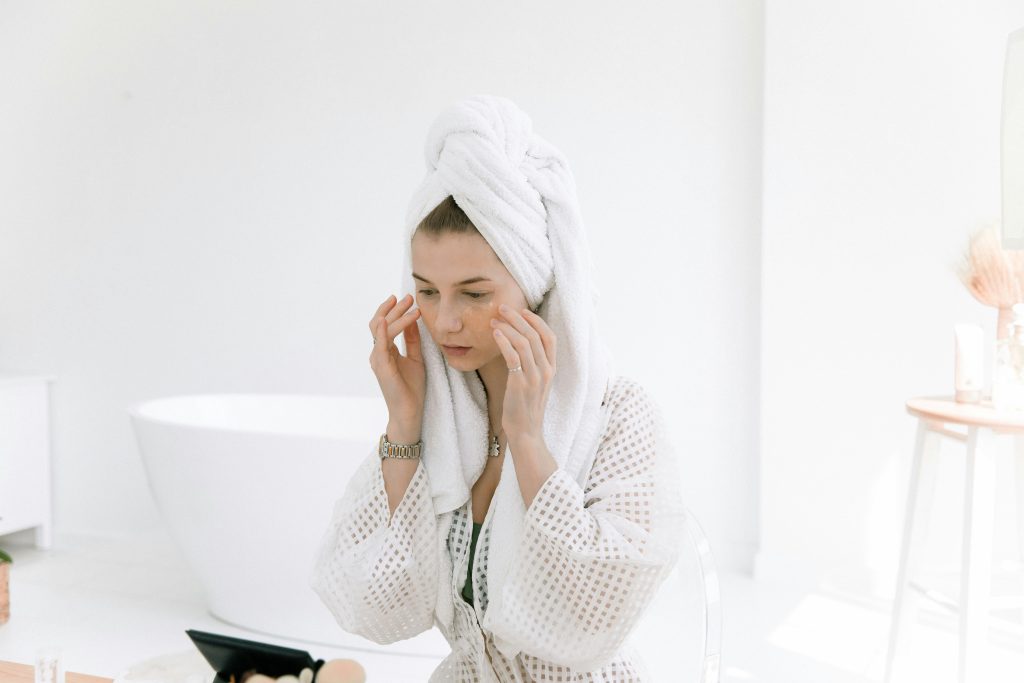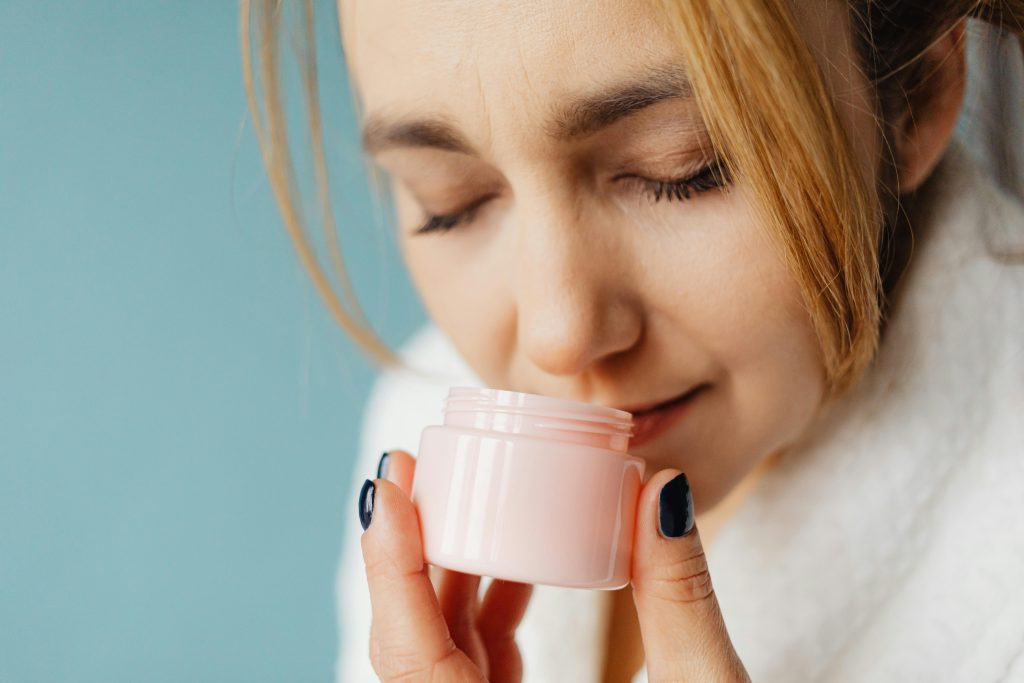
How to Patch Test Skincare Products the Right Way 🌸
Trying new skincare products can be exciting—but for sensitive skin, it’s also risky.
Even products labeled “gentle” or “hypoallergenic” can sometimes trigger redness, burning, or breakouts. That’s where patch testing comes in.
Patch testing is a simple but powerful method to check if a product will irritate your skin before applying it to your face.
Dermatologists recommend it as the best way to avoid allergic reactions, contact dermatitis, or wasting money on products that don’t suit you.
In this guide, you’ll learn exactly how to patch test skincare products the right way, how long to wait before knowing if it’s safe, and what to do if you experience irritation.
Why Patch Testing Matters
👉🏻 Prevents irritation → Sensitive skin reacts faster, making testing crucial.
👉🏻 Identifies hidden triggers → Fragrances, preservatives, or active ingredients can cause reactions.
👉🏻 Saves money & time → Better to test once than risk a breakout or rash all over your face.
Where to Patch Test
Dermatologists suggest applying products to areas where skin is thinner and more reactive:
📍 Inner forearm → Convenient and easy to monitor.
📍 Behind the ear → Sensitive but discreet.
📍 Side of the neck or jawline → Closest to facial skin reaction.
Step-by-Step Guide to Patch Testing
✅ Clean the Area → Use mild soap and water, then pat dry.
✅ Apply a Small Amount → Dab a pea-sized amount of the product on the chosen area.
✅ Leave It On → Do not wash it off unless instructions say otherwise.
✅ Observe for 24–48 Hours → Check for redness, itching, swelling, or burning.
✅ Repeat if Necessary → For stronger actives (like retinol or acids), extend testing to 72 hours.
What Reactions to Watch For
🚩 Mild Redness or Tingling → Can be normal with actives like vitamin C or retinol.
🚩 Intense Burning, Rash, or Itching → Indicates irritation; stop using immediately.
🚩 Hives, Swelling, or Pain → Possible allergic reaction; consult a dermatologist.
Pro Tips for Safer Patch Testing
💠 Always test one product at a time.
💠 Don’t patch test on broken or irritated skin.
💠 For exfoliants and retinoids, test for several nights in a row.
💠 If you have a history of eczema or allergies, test under dermatologist’s supervision.
FAQs About Patch Testing Skincare
Q: Can I patch test multiple products at once?
It’s best to test one at a time. Testing multiple products makes it harder to identify the culprit if irritation occurs.
Q: Do I need to patch test every product?
Yes, especially if you have sensitive or allergy-prone skin. Even moisturizers can contain hidden triggers.
Q: Is redness always a bad sign?
Not always. Mild redness or tingling with actives (like acids) can be normal, but persistent irritation means the product isn’t for you.
Q: Can makeup also be patch tested?
Yes. Foundations, primers, and even sunscreens should be tested, as they often contain fragrances and preservatives.
Final Verdict
Patch testing isn’t just for people with sensitive skin—it’s a smart step for anyone adding a new product to their routine.
Spending a few days testing can prevent weeks of irritation, redness, or breakouts.
Remember: your skin is unique. What works for others might not work for you. With proper patch testing, you can build a skincare routine that’s both safe and effective.

